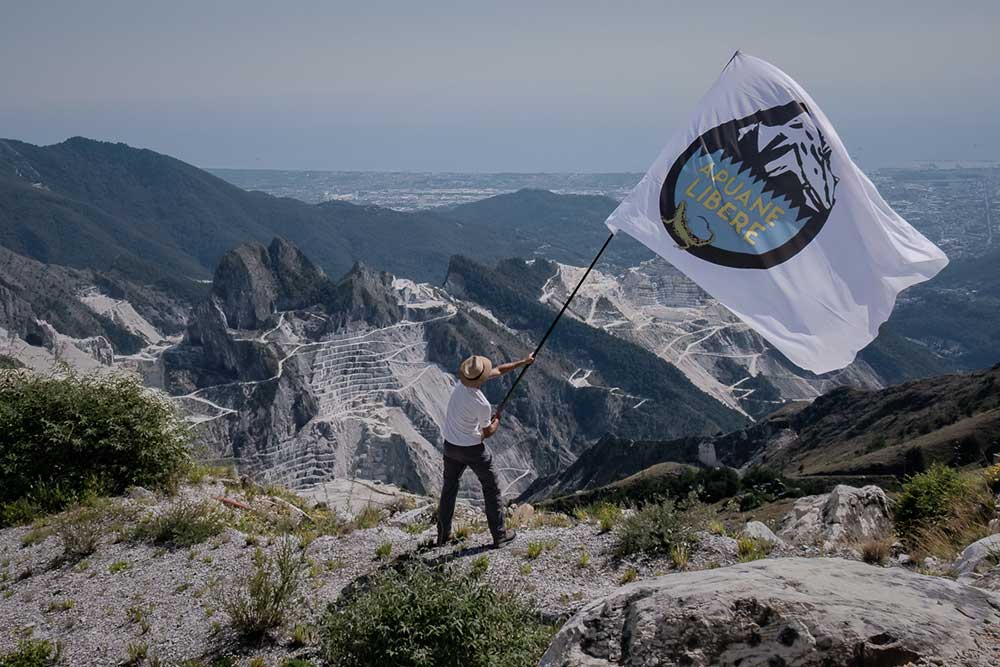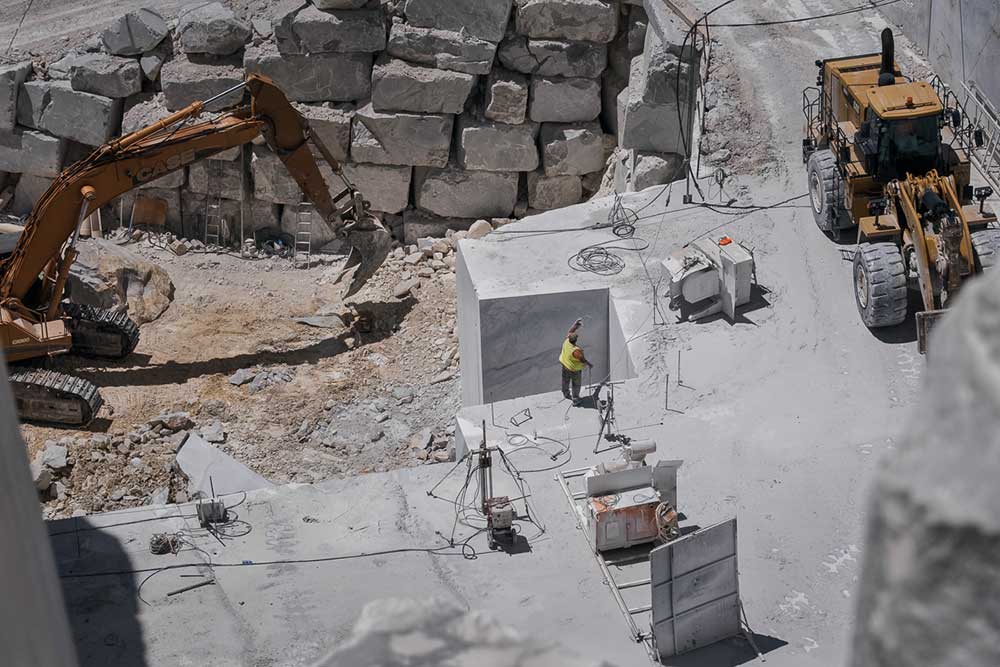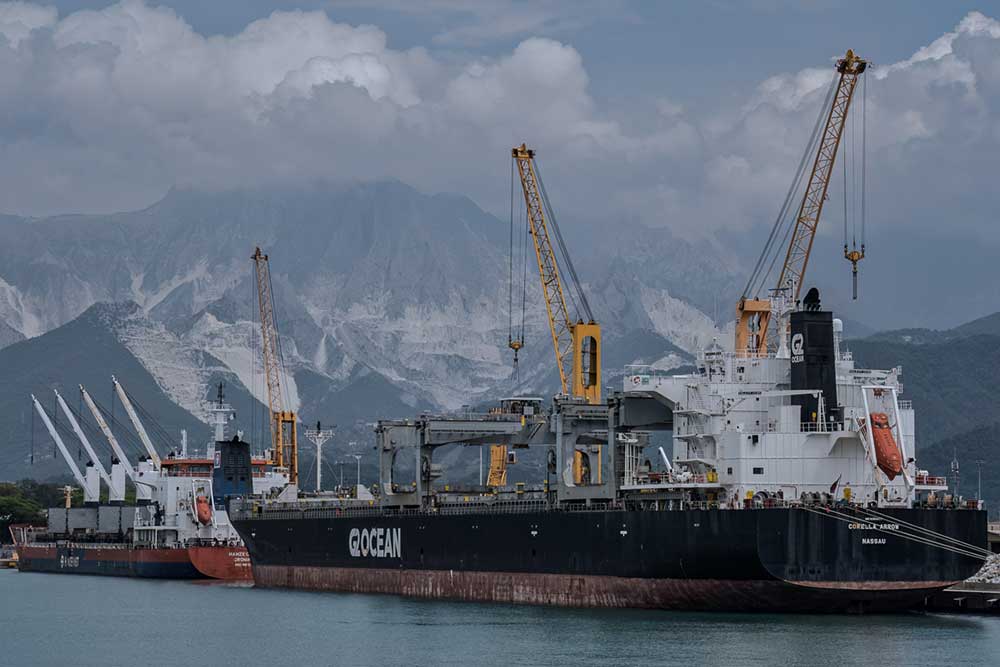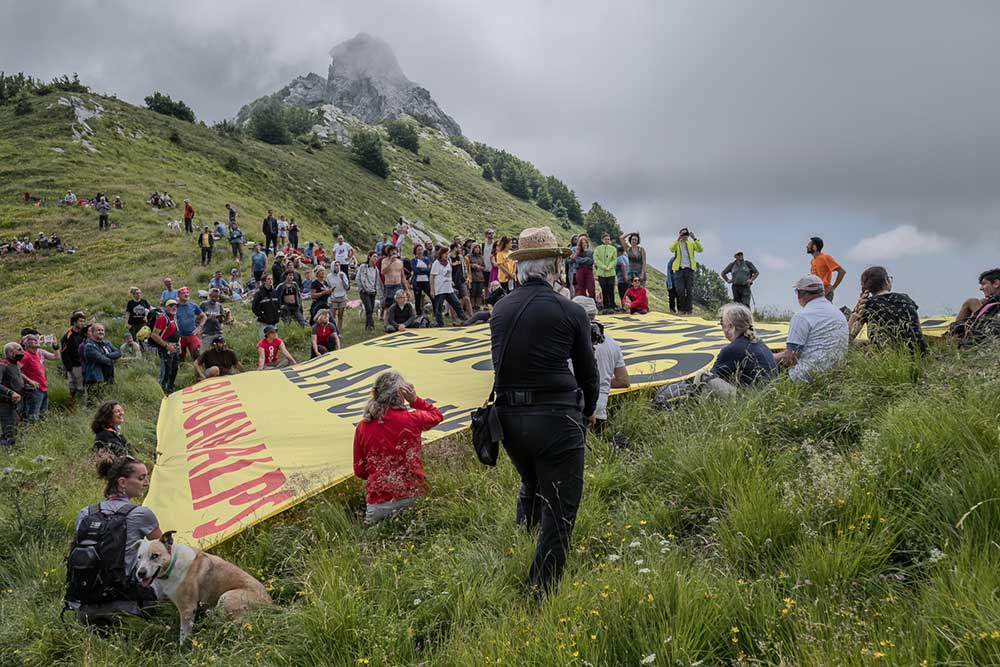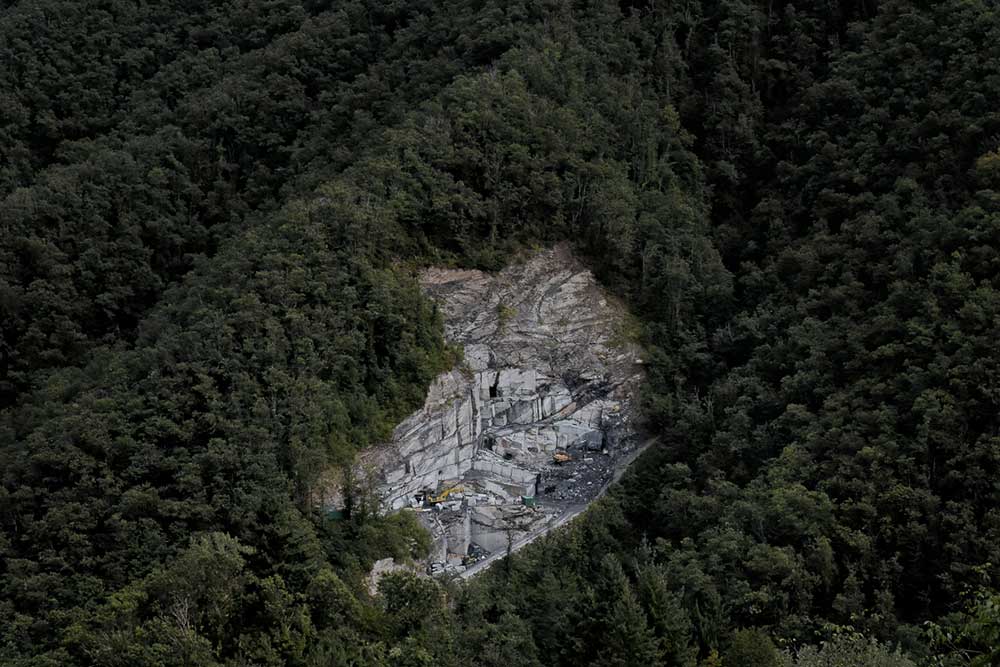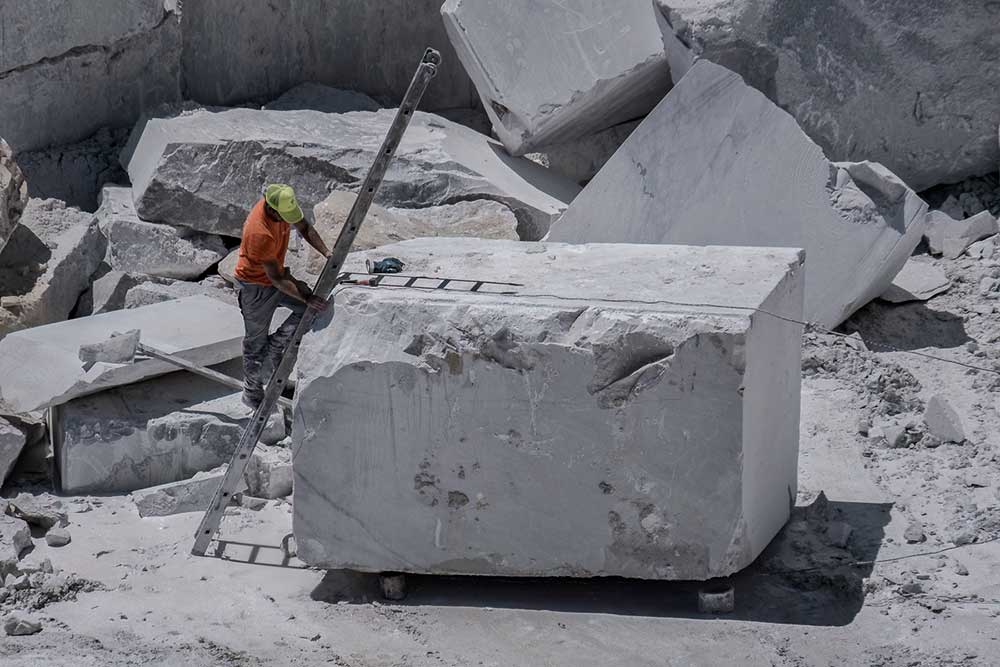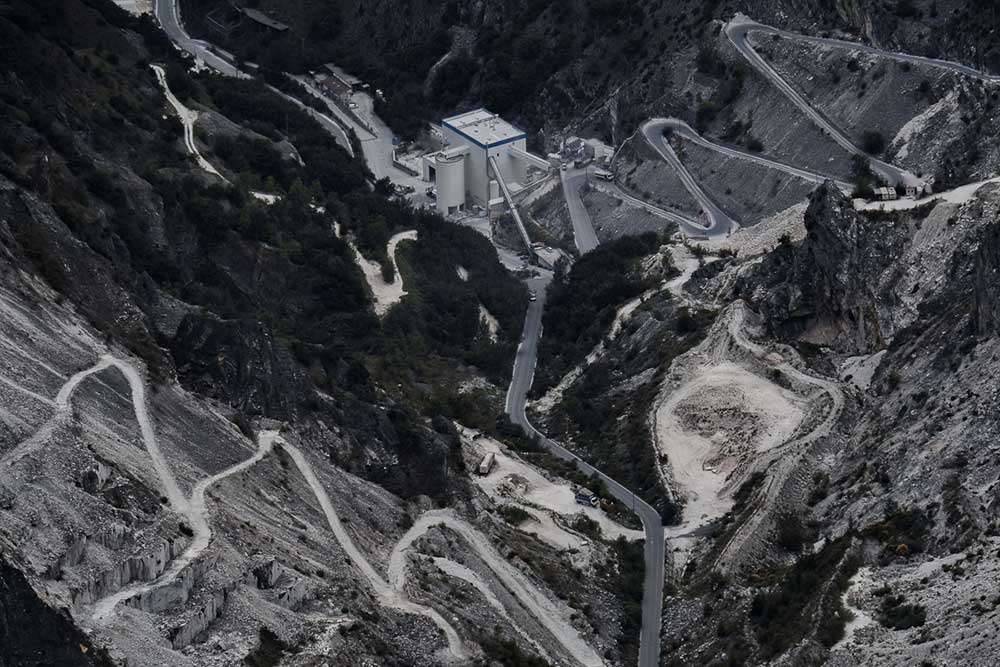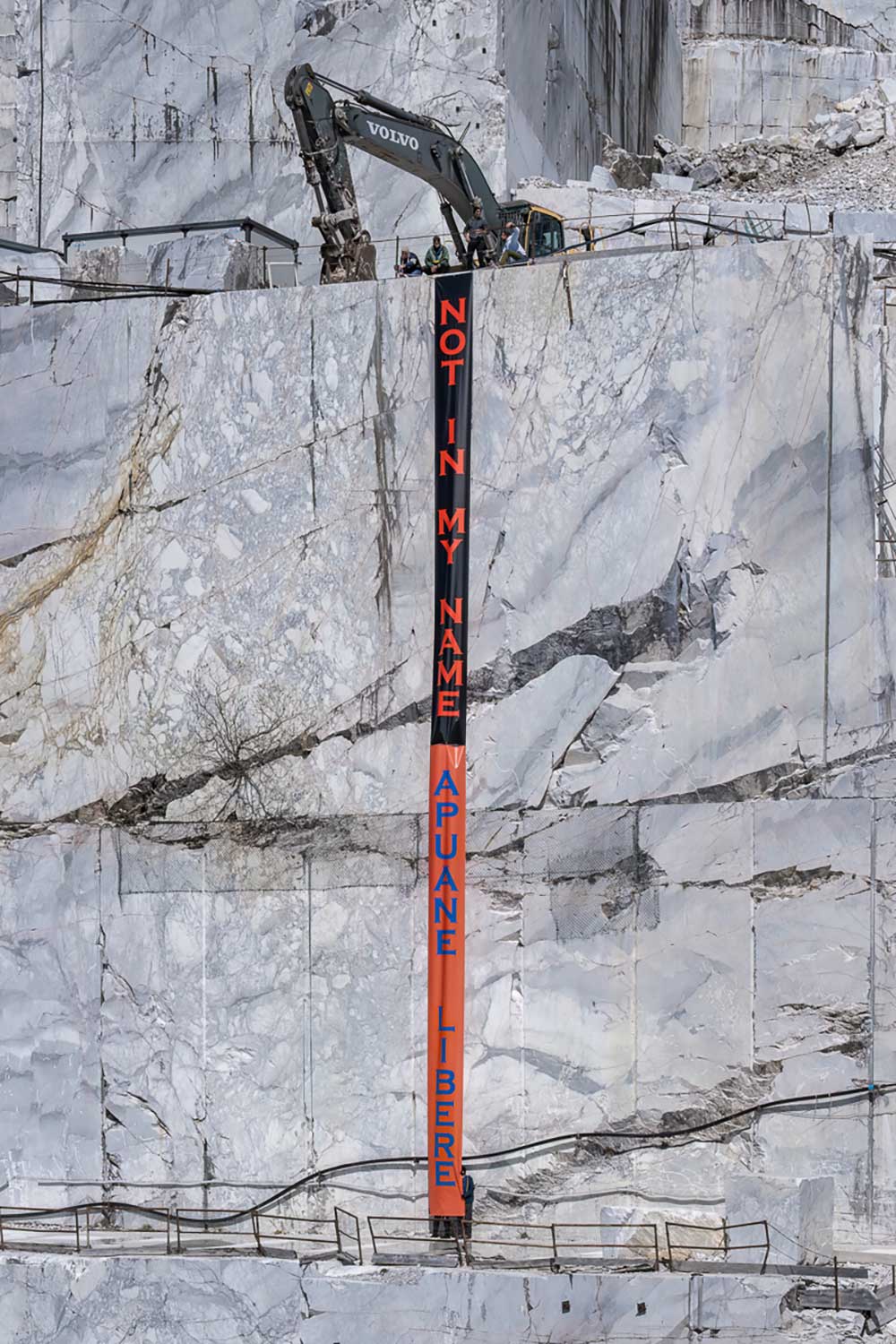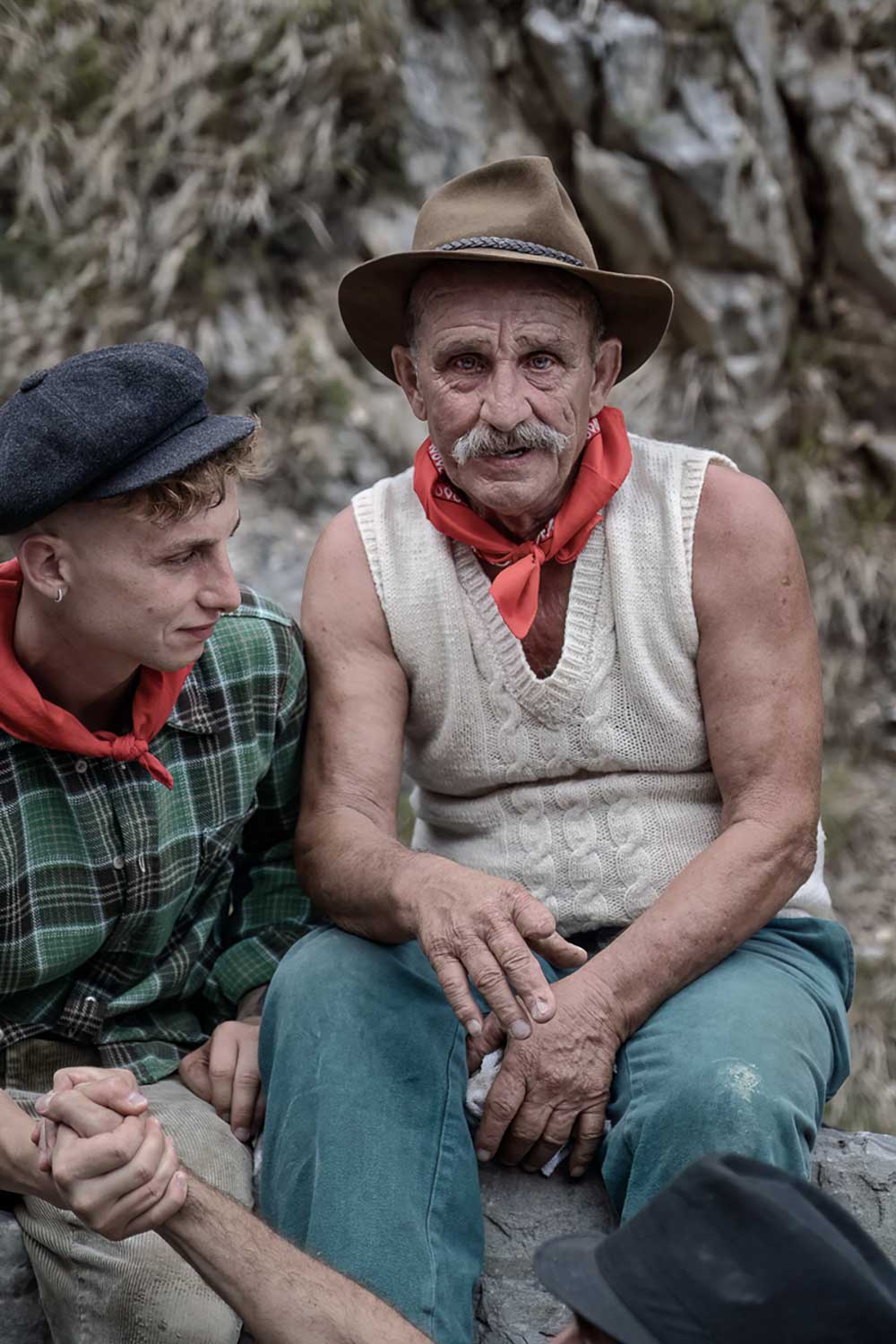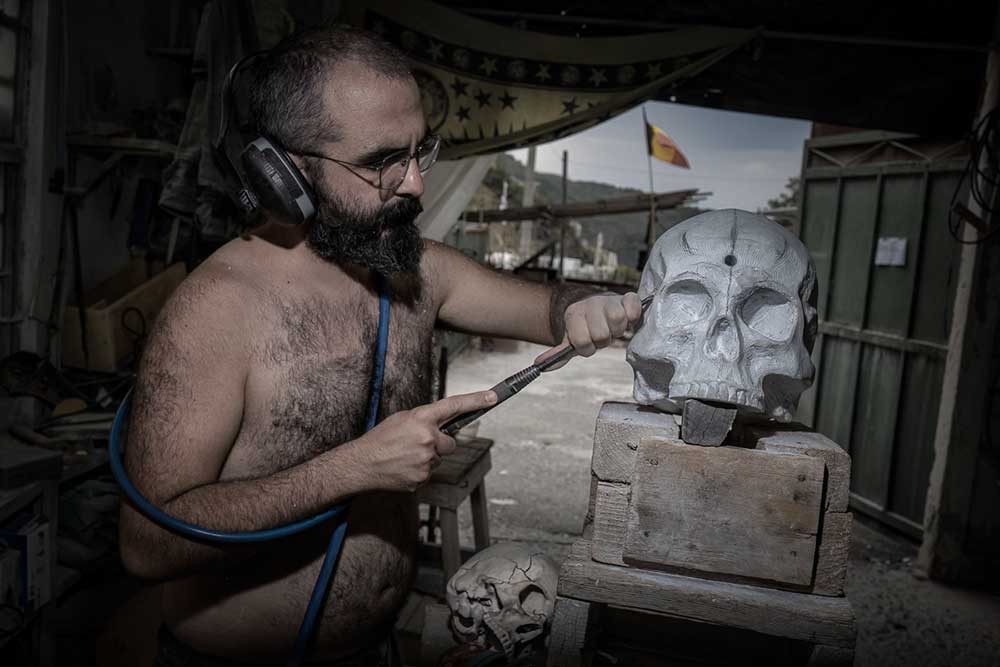Throughout history, human beings have always lived with a mixture of attraction and fear in close contact with nature. Their entire existence was based on the knowledge that their life or death depended on it. About 10,000 years ago, with the birth and development of agriculture, the relationship between humans and nature began to change.
The human species became increasingly sedentary and, in order to survive, started to exploit and profoundly modify the environment by cultivating the soil and domesticating plants and animals with progressively refined methods. The intensive exploitation of land and natural resources distanced more and more humans from nature and nurtured the illusion of their dominance over it, reaching a breaking point. Nowadays, human beings and nature have become almost separate elements. Not only do most of us no longer comprehend the natural world and cannot, for example, distinguish between plant and animal species, but in recent decades, we also experience a real detachment from nature, an element that we started to value only if we can somehow exploit it.
Through photography, I wanted to create an unprecedented/original document able to disclose the price of the disconnection of human beings from nature. Much has been said and investigated about intensive farming using advanced industrial techniques to obtain the maximum amount of “product” at the lowest cost at the expense of habitats and animals. On the other hand, we know a lot less about the extraction and exploitation of raw materials in the trading and quarrying of white marble’s big business of the Apuan Alps. This marble is a unique material extracted for the world luxury furniture markets, many industrial branches and, in a very small part, even for the arts sector. With this work, I want to convey the destruction behind the ruthless values expressed by the stone industry and its tendency to generate profits with no regrets.
The Apuan Alps mountain range is a source of the world’s most valuable marble, and its territory is partly included in the Apuan Alps Regional Park. This institution was established in 1985, but only a few years later, in 1997, the regional government decided (with the regional law 65/1997) to reduce its perimeter from about 54,000 hectares to the current 20,598 hectares (200 km²), in order to “safeguard” the presence of marble quarries reclassified as “contiguous conservation areas” within the park itself. Thanks to its environmental heritage, the presence of geosites, and a high biodiversity, the Apuane Alps Park acquired the “UNESCO Global Geopark” status in 2015 and participates in the program established by UNESCO to conserve environmental heritage of significant global value. The Apuan Alps, which represent the largest drinking water reservoir in the entire region, are also home to 30 percent of all Italian flora and host plant and animal endemisms at the national and global levels.
Although the Apuan Alps are classified as a “non-reproducible unicum of exceptional environmental value at the international level”, nowadays more than 4 million tons of mountains are extracted each year, while in 1920 ‘only’ 100 thousand tons were extracted. In the last 20 years, we extracted indeed more marble than in the previous 2000 years. The high rates of extraction have led to numerous habitat pollution or loss, such as rivers and caves, to the reduction of animal and plant species, and the disappearance of entire mountain ecosystems. Recently, the well-known American docufilm “Anthropocene-The Human Era” included the devastation of the Apuan Alps as one of the 43 major environmental disasters worldwide. For many years now, environmental associations, citizens’ committees, students’ collectives, and caving and mountaineering groups, sometimes identified under the acronym “NO CAV”, have been fighting against intensive mining in the Apuan Alps through legal actions, demonstrations, and awareness campaigns.
Why should we address marble extraction as an issue? Those who would avoid the answer evoking the genesis of the David of Michelangelo are simply evoking a distant myth. The business of marble has, in fact, changed radically since the 1980s. Today it is estimated that less than 1 percent of the marble extracted in blocks is intended for art, about 19 percent for the luxury furnishings market, and the remaining 80 percent is crushed and ground to produce calcium carbonate powder used by the food, pharmaceutical, polymers, papermaking, and construction industries. As the climate crisis appears to be one of the greatest challenges of our times, the marble industry’s rate of extraction is clearly no longer tolerable in terms of environmental and social sustainability.
About Manuel Micheli
Manuel (1990) is an Italian photojournalist based in Pisa, Italy. In 2014, he became a freelance photojournalist, and in 2018, he was a pupil of the photographer Paolo Marchetti. His work explores environmental and socio-political issues in Italy. In his photography, Manuel has always paid particular attention to political and anthropological issues and has embarked upon a freelance career to focus on a combination of long-term personal projects and client assignments. He has collaborated and published with several newspapers including The Guardian, La Stampa, Ohga, Getty Images, Rai 3, Life-Framer, Travelglobe Magazine, Il Tirreno, Dinamo Press, Il Manifesto, Fanpage, and Witness Journal. He has always been involved as a volunteer, activist, and accredited photographer with different NGOs and organizations in defense of human rights, the environment, and the animal world, including the Italian Red Cross, Sea Shepherd, LAV, Apuane Libere, Fridays For Future Italia, Tartamare, and Essere Animali. [Official Website]



